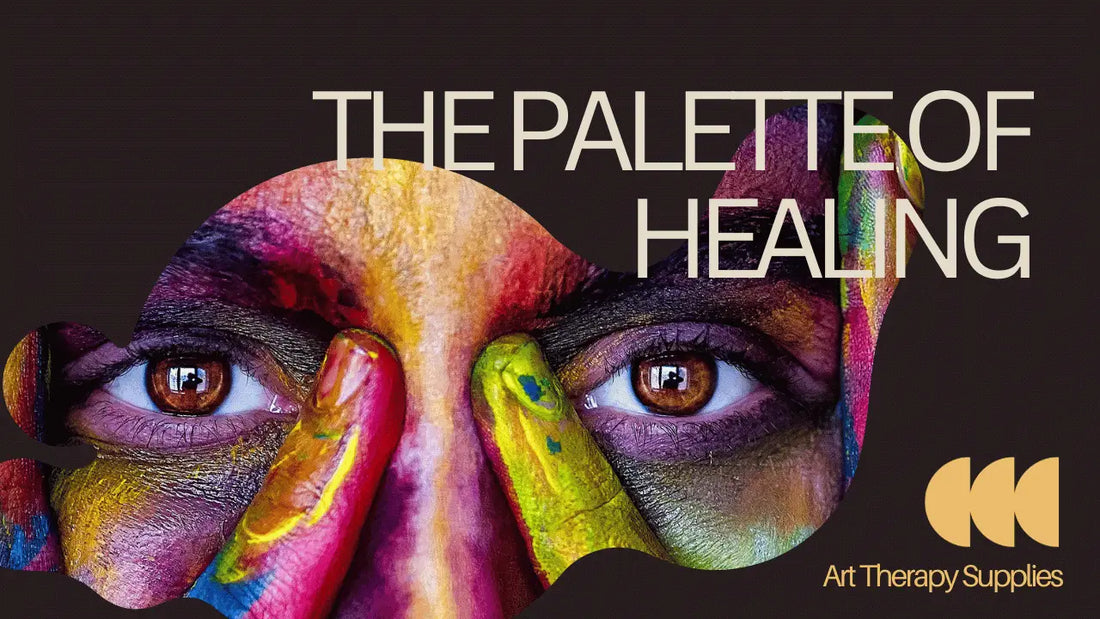The Palette of Healing: Exploring Essential Art Therapy Supplies
Art therapy, an effective form of expressive therapy that harnesses the creative process of making art to improve mental well-being, has been increasingly recognized for its ability to foster profound change in individuals facing various emotional and psychological challenges. In this therapeutic practice, the materials available serve as vital tools that ignite self-expression and facilitate exploration within a safe and supportive environment. This exploration highlights the essential art therapy supplies that create a holistic palette of healing, encouraging individuals to tap into their creativity as a means of reflection and growth.
Canvas and Paper: The Blank Canvas of Possibility
As the foundation upon which all artistic endeavors are built, canvas and paper provide a blank canvas ripe with potential for individuals to express their emotions, thoughts, and experiences visually. Whether immersing themselves in the tactile experience of a textured canvas or selecting from various types of paper that each offer distinct qualities, the choice of surface significantly influences the overall creative process and can enhance the therapeutic experience.
Paints: Transforming Emotions into Hues
The vibrant spectrum of colors available through various paints enables individuals to express emotions that may be difficult to articulate verbally. From acrylics that provide quick-drying versatility to watercolors that offer soft fluidity, the chosen paint medium can significantly affect both the texture and mood of the artwork. The processes of blending and layering colors can serve as a therapeutic exercise, symbolizing the complex nature of human emotions.
Brushes: Tools of Expression
A diverse assortment of brushes provides individuals with a range of options to translate their emotions onto the canvas through varied strokes and textures. The tactile nature of applying paint with brushes actively engages the senses, fostering a deep connection with the artistic process. Each brushstroke represents a form of communication, transforming complex feelings into a visible expression, from broad strokes to intricate details.
Drawing Tools: Unleashing the Power of Lines
Essential art therapy tools such as pencils, charcoal, markers, and pastels enable individuals to sketch, outline, and add fine details to their creations. Drawing can be both a soothing activity and a revealing process, inviting exploration of shapes and lines that reflect inner thoughts and feelings, adding depth to the therapeutic journey.
Clay and Sculpting Materials: Molding for Release
Working with clay and other sculpting materials engages the hands and encourages a sense of grounding. This tactile experience allows individuals to physically manipulate and shape their emotions, providing a concrete representation of abstract feelings. The act of transforming a malleable material into a finished sculpture symbolizes resilience and strength throughout the healing process.
Collage Materials: Piecing Together Narratives
Collage materials like magazines, newspapers, and fabric present a multitude of textures and visual elements for individuals to incorporate into their artwork. Engaging in collage techniques empowers individuals to create narratives by arranging diverse images and symbols that collectively tell their stories, facilitating deeper self-expression.
Easels and Workstations: Creating a Supportive Environment
The physical environment where art therapy takes place plays a crucial role in enhancing the experience. Providing easels and dedicated workstations allows individuals to immerse themselves fully in the creative process. By establishing a designated area for art therapy, participants can focus better and engage more deeply in their artistic endeavors.
Journals and Sketchbooks: Documenting the Journey
Journals and sketchbooks create a personal space for individuals to document their artistic journey and reflect on their experiences. Complementing visual expressions with written reflections, journaling provides an additional outlet for exploring thoughts and feelings that emerge during the creative process, enriching the therapeutic experience.
Aprons and Protective Gear: Nurturing a Safe Space

